How Verizon uses AI, drones, and robots to keep your phone connected during a crisis
First responders are buying into emerging technologies like AI and robotics to help solve natural disasters.
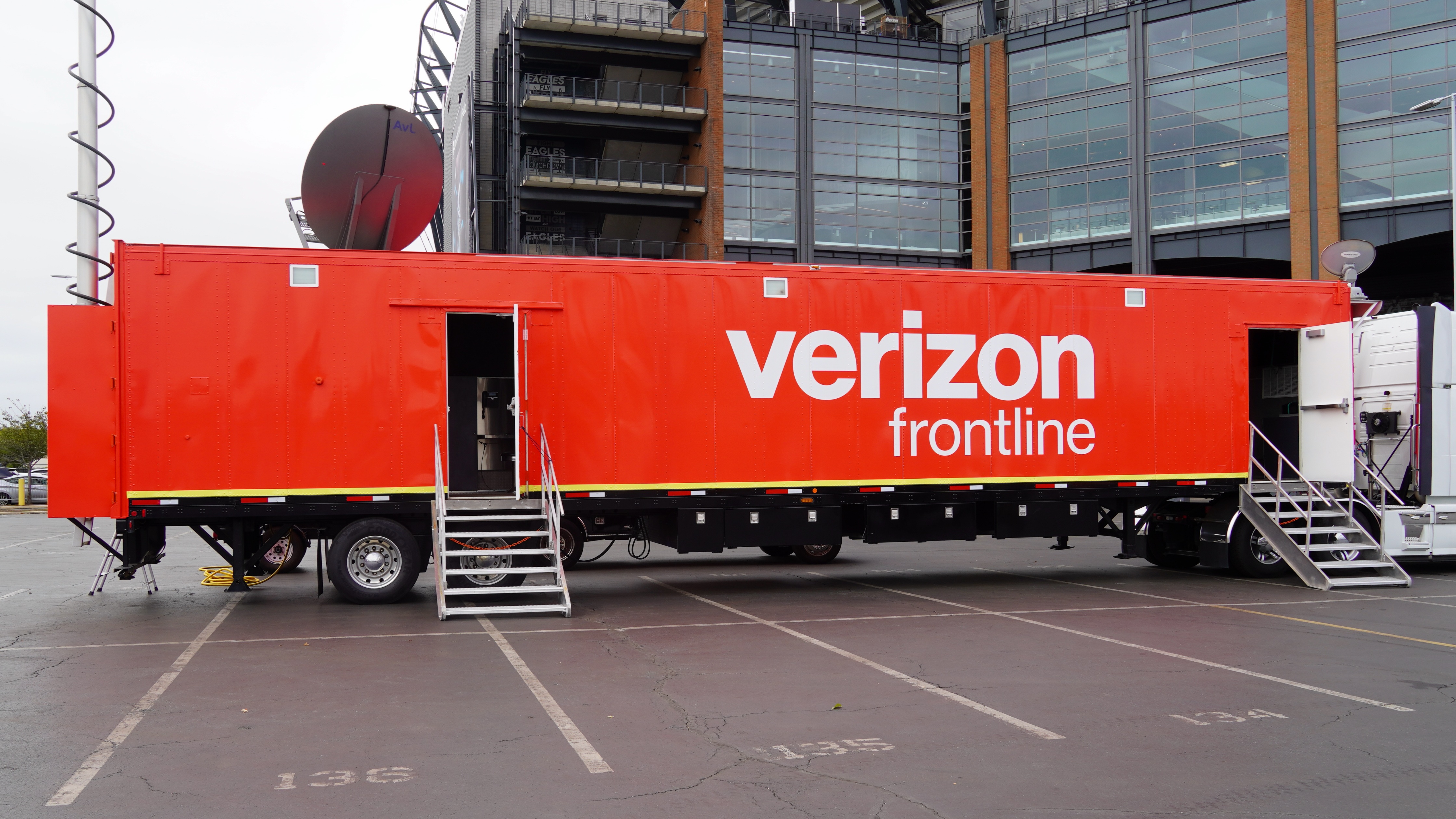
Enjoy our content? Make sure to set Android Central as a preferred source in Google Search, and find out why you should so that you can stay up-to-date on the latest news, reviews, features, and more.
Connectivity is something we often take for granted in the digital age, but it can be gone in an instant — and when it matters most — in the event of a natural disaster. When cellular connectivity drops during a disaster, like it did on the Verizon network during Hurricane Helene in 2024, it can impact people in need, first responder communications, and slow relief efforts. Roughly a year after the devastating effects of Hurricane Helene, I got a firsthand look at how Verizon responds to tragedies nationwide and keeps cell service active.
There's a team within Verizon that you might not have heard of called Verizon Frontline. Its purpose isn't to sell you cell phone plans or offer you a trade-in deal, but rather to develop and deploy assets that can help first responders in emergency situations. It's a collaborative effort between government agencies and the Frontline team to share technologies first responders didn't know they needed, and create assets first responders think would be helpful.
That includes emerging technologies you might not expect to be useful during a disaster, such as AI, robotic dogs, drones, and more.
New problems for disaster relief
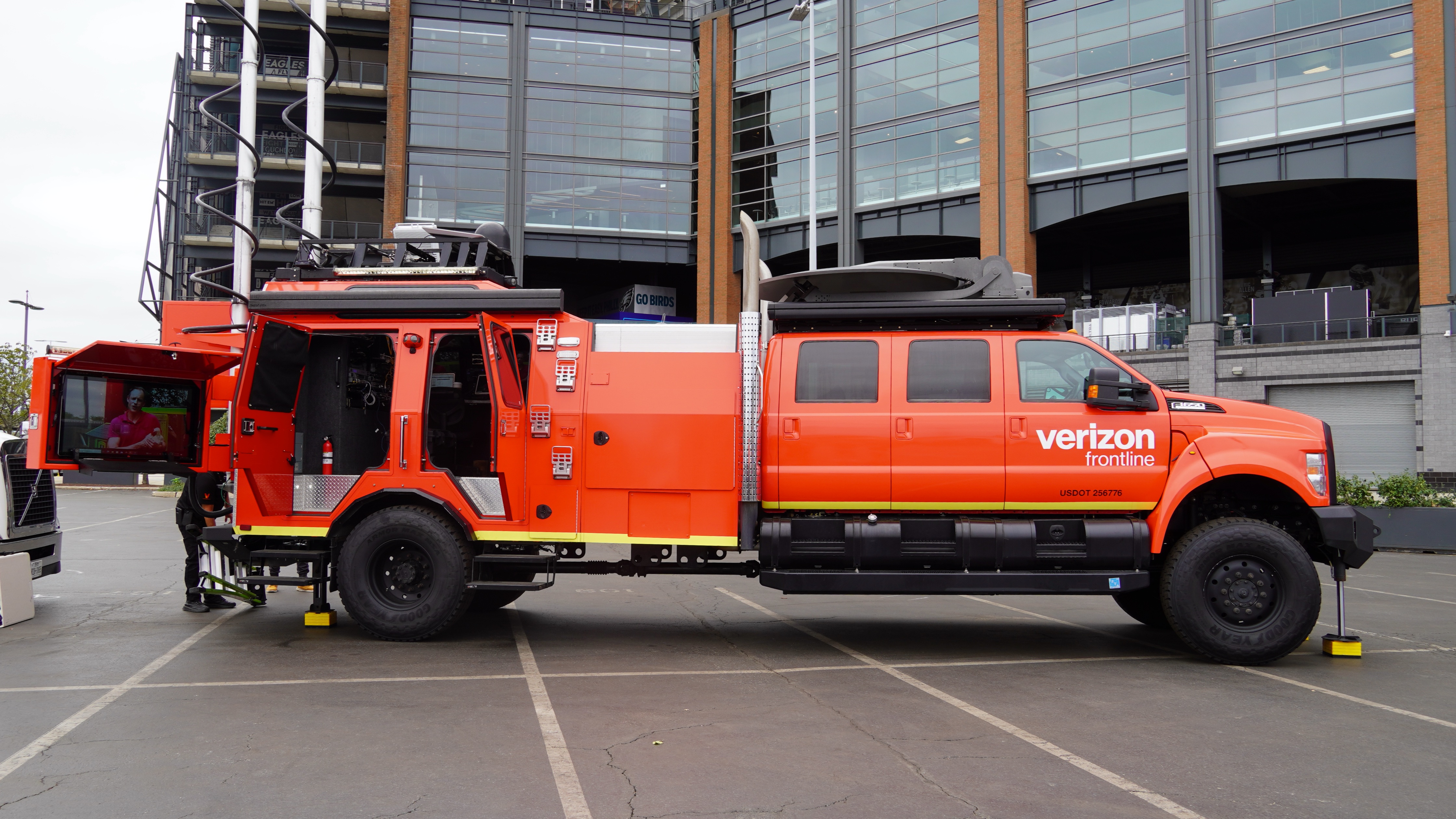
Climate change is forcing emergency management departments and carrier teams like Verizon Frontline to adjust. Previously, there were narrower locations and seasons where you might expect disasters like hurricanes, wildfires, or tornadoes to strike. The situation is different now, with hurricanes striking in areas not prepared for them, and wildfire season in some areas of the U.S. becoming year-round.
This partly explains why Hurricane Helene was so devastating in states like North Carolina and Tennessee. In that instance, a major Verizon outage coincided with relief efforts that appeared unrelated to the hurricane itself. These situations are where Verizon Frontline aims to fill the gap — this team within the carrier has over 600 mobile assets scattered nationwide that can sprout temporary networks and connectivity in an emergency.
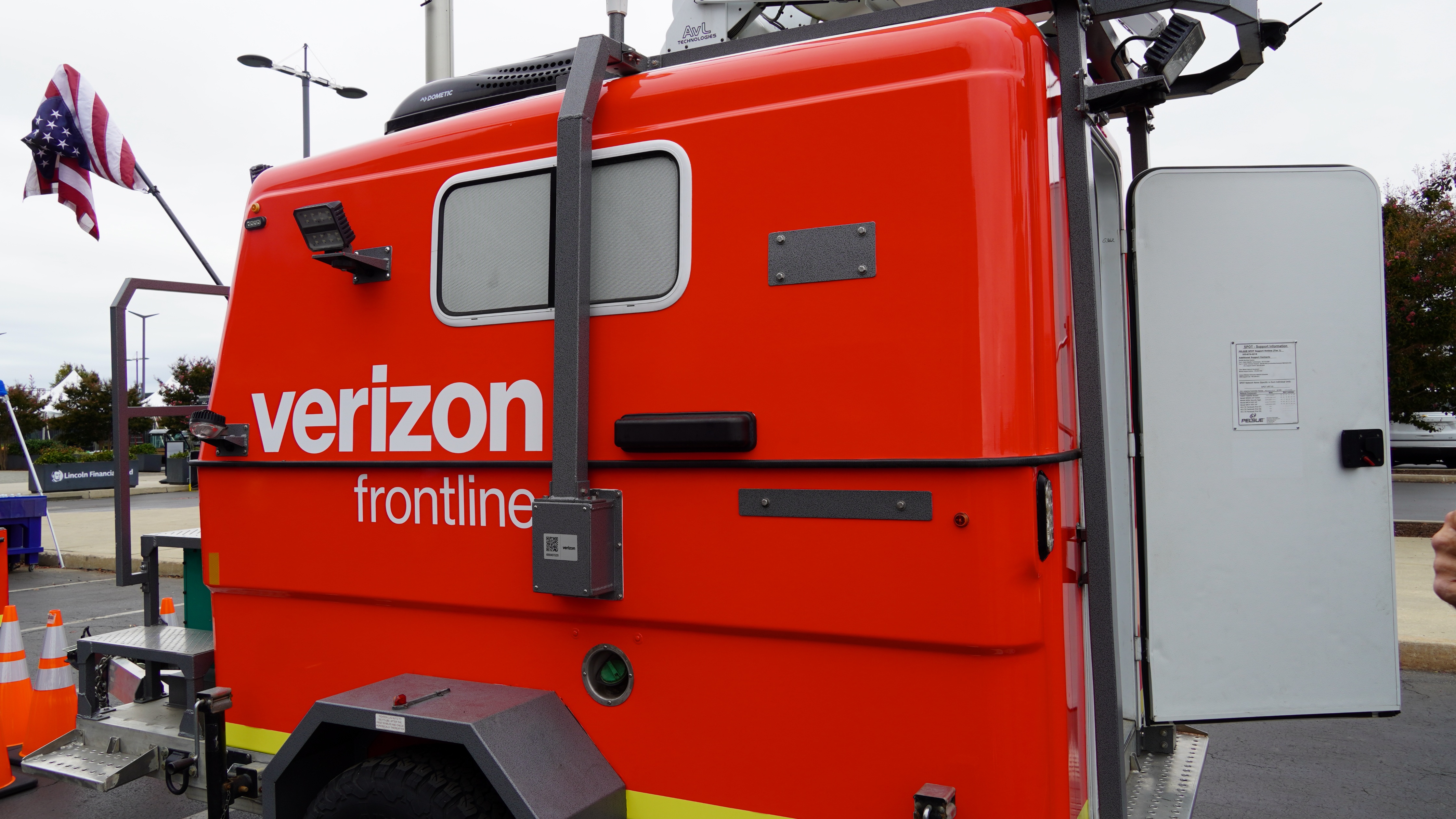
One type of asset, called the Satellite Pico-cell on Trailer (SPOT), can be set up in roughly an hour and offers a few different ways of getting people online. The trailer supports multiple low-earth orbit satellite connectivity options, including Verizon's own satellites and Starlink. After the initial setup process, it can support up to 128 simultaneous users over Wi-Fi and also broadcasts cellular service over the Verizon network.
The small and versatile form factor of the SPOT allows it to be deployed almost anywhere and run for three days on its own power, thanks to a 30-gallon diesel fuel tank.
Get the latest news from Android Central, your trusted companion in the world of Android
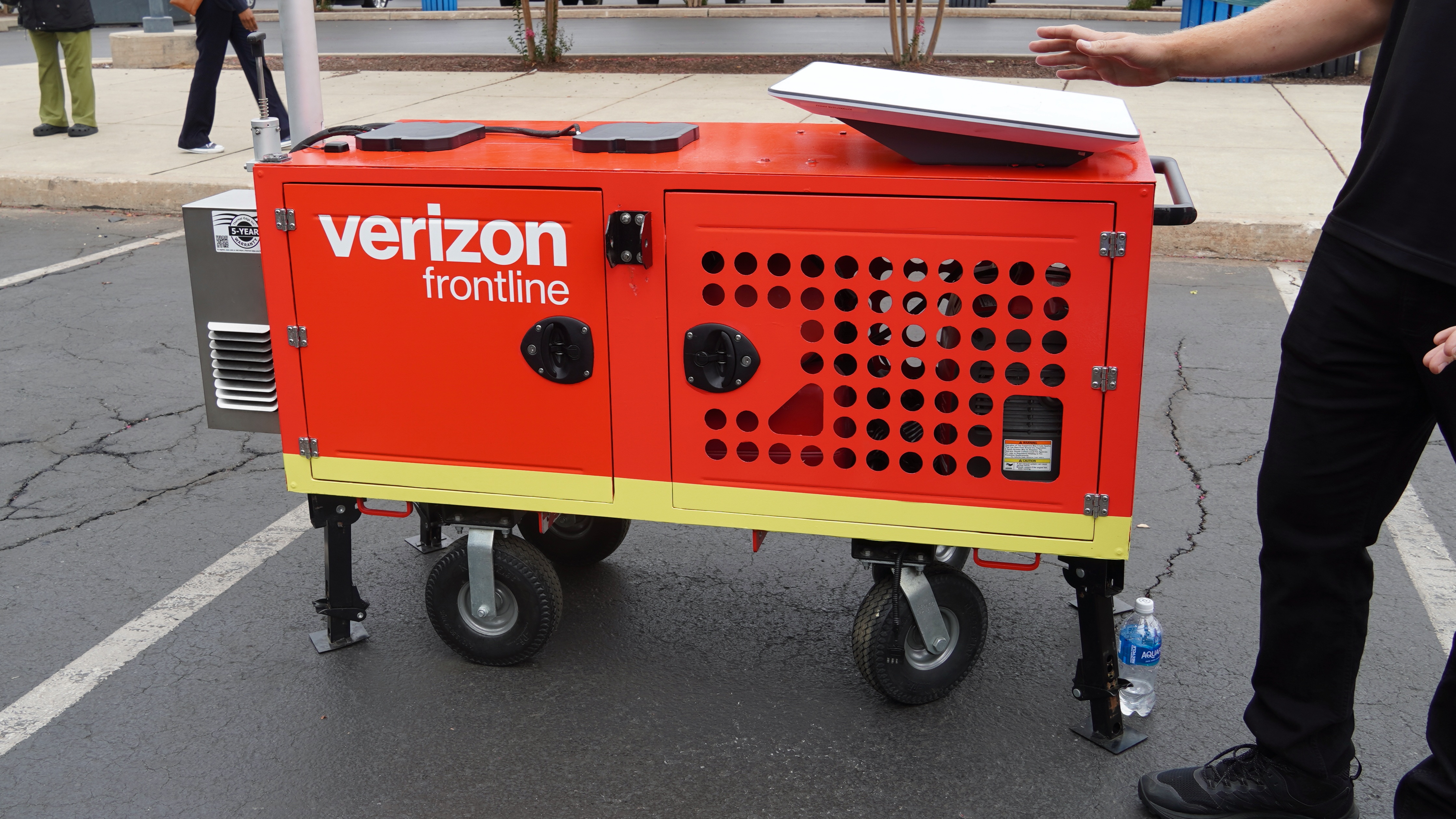
All the Verizon Frontline equipment I saw firsthand prioritizes redundancy, whether it's a small asset like the Rapid Response Connectivity Unit (RRCU) pictured above or a full-fledged trailer. The RRCU, despite being much smaller than the SPOT and quicker to deploy, can still broadcast Wi-Fi and cell signals in areas where traditional towers are unreachable.
When we covered Hurricane Helene, we emphasized the importance of satellite connectivity. It's unsurprising that Verizon Frontline is trusting LEO satellite connectivity to power many of its assets, but the implementation is clever. Aside from the larger trailers, the company is also putting satellite internet dishes and receivers on things you wouldn't expect, like off-road vehicles and robot dogs.
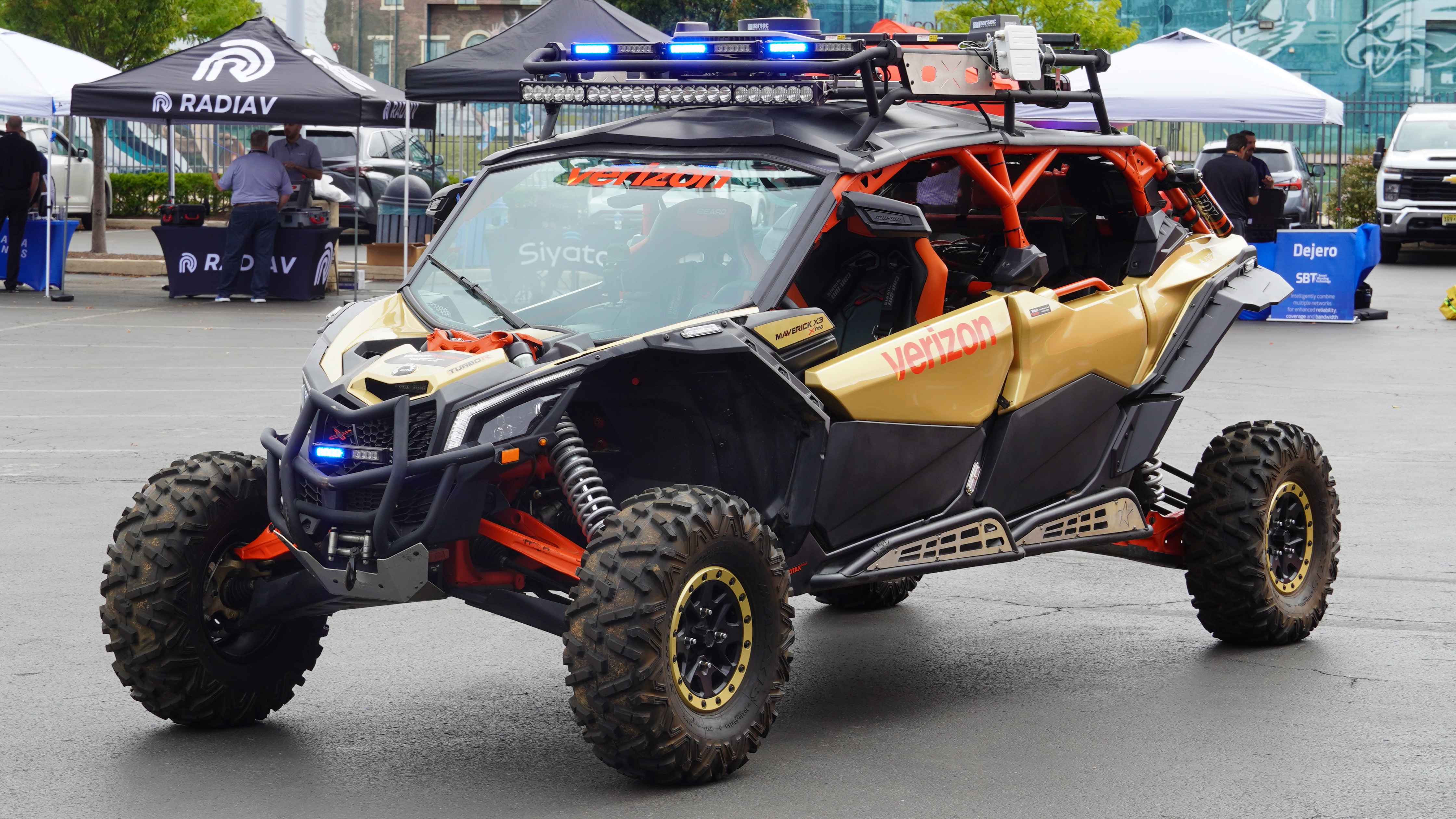
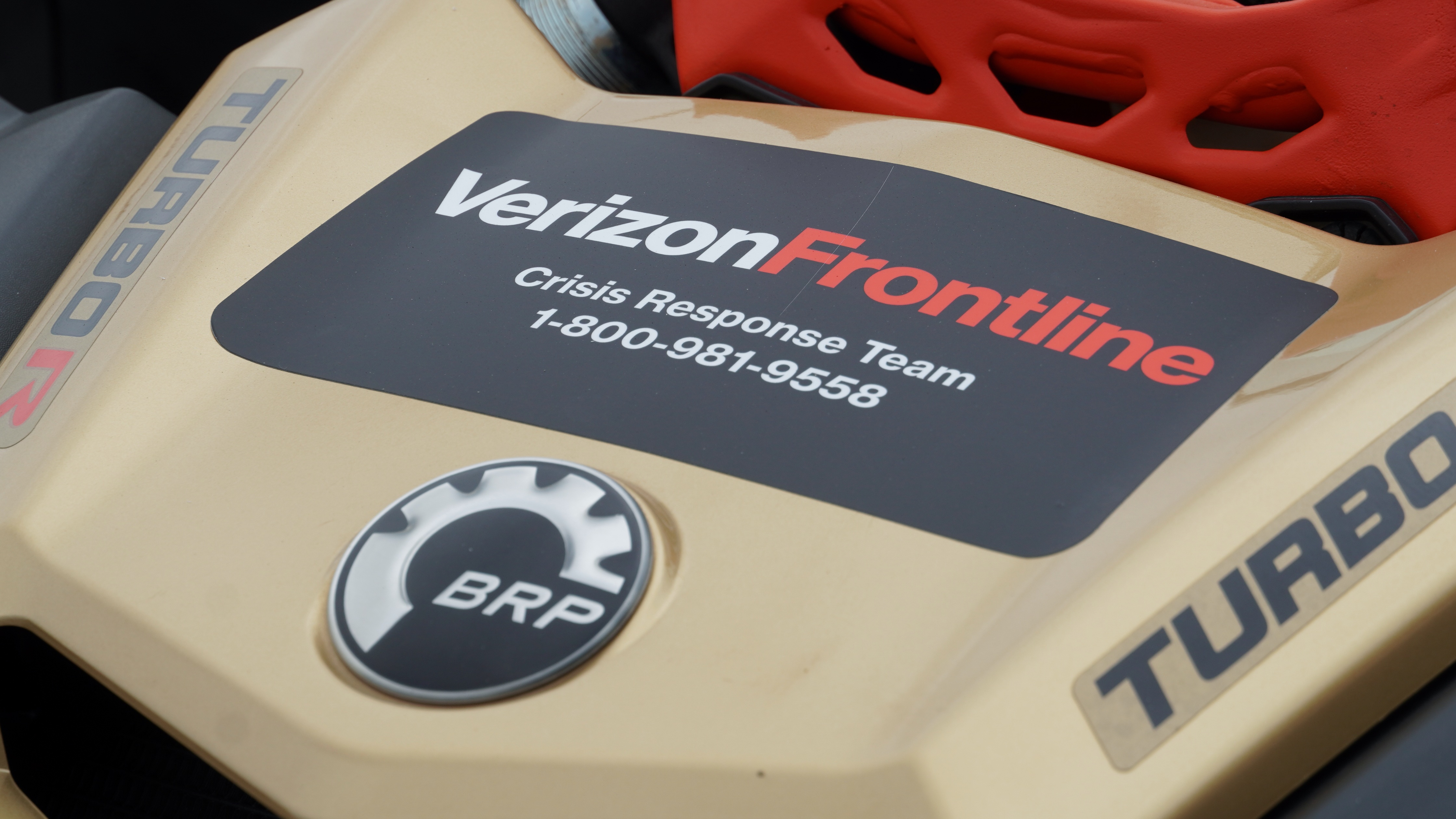
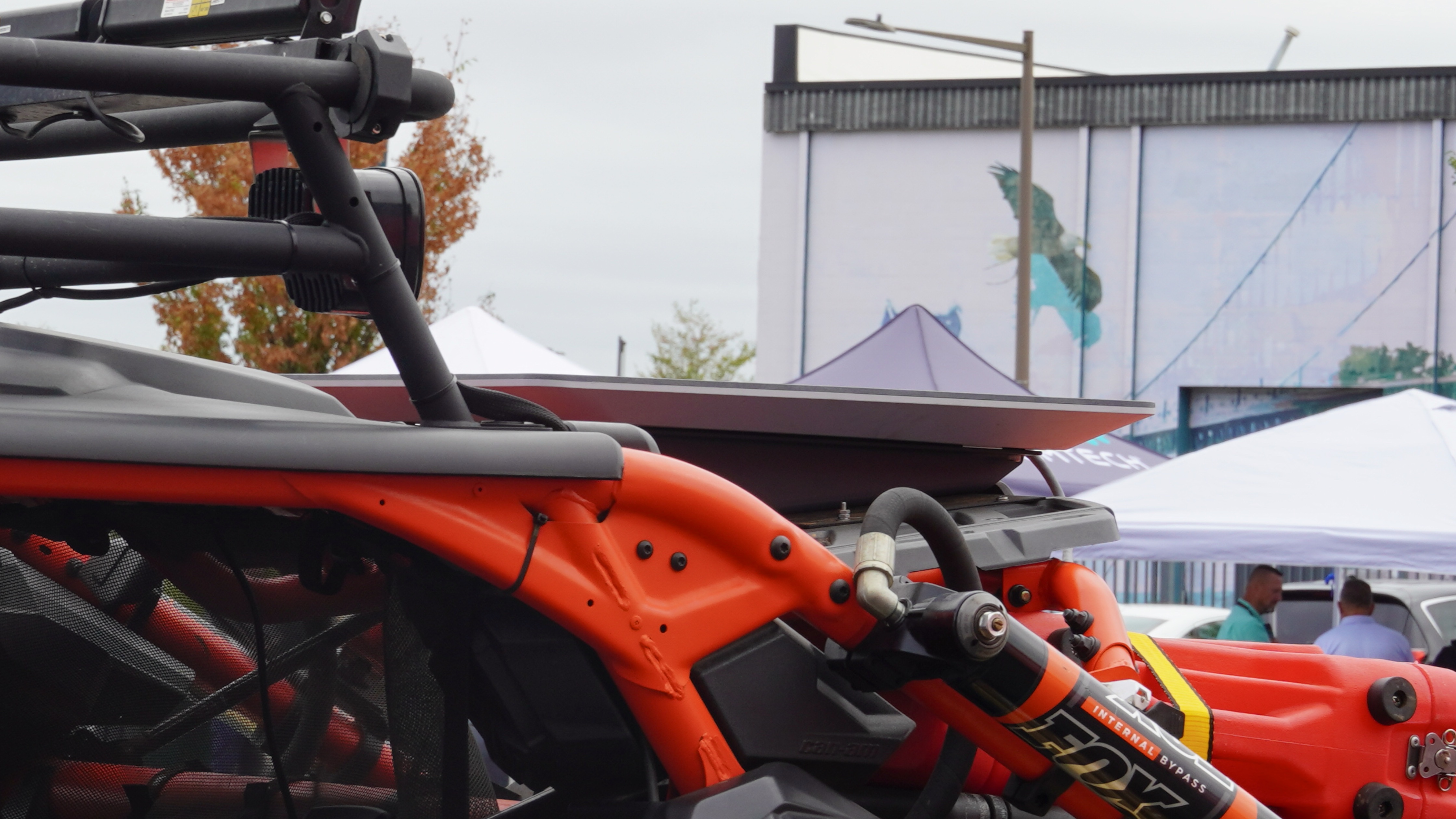
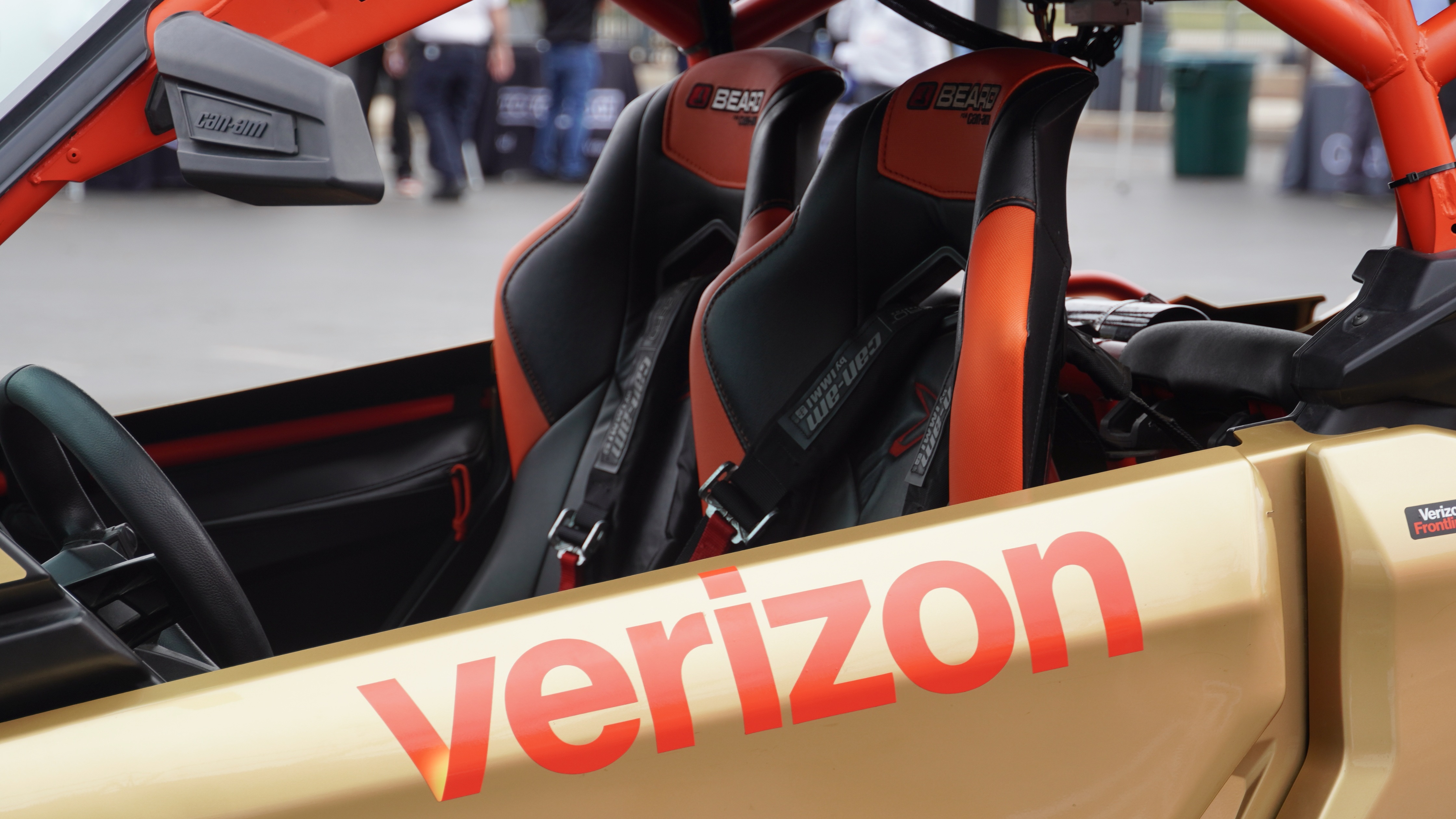
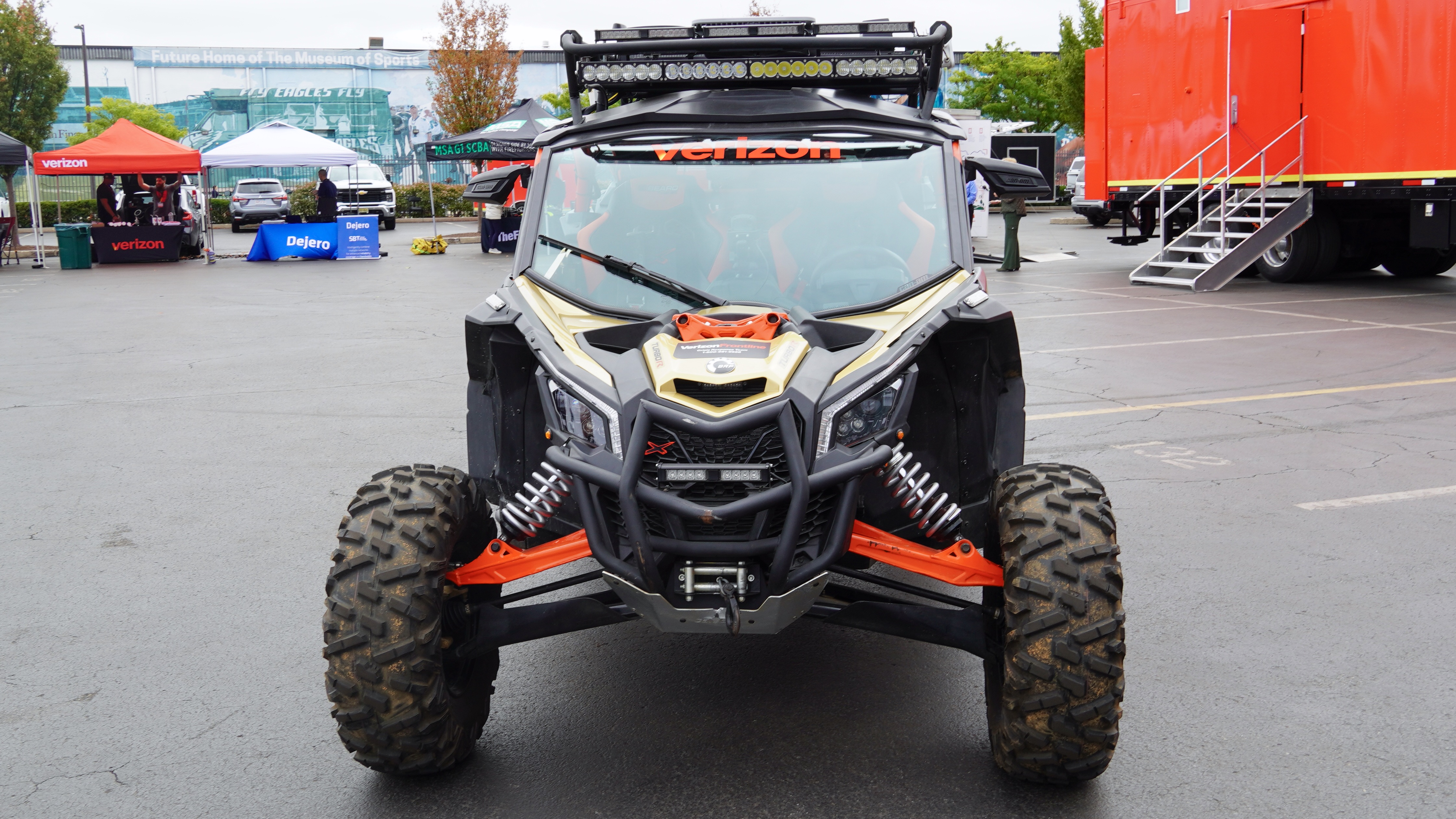
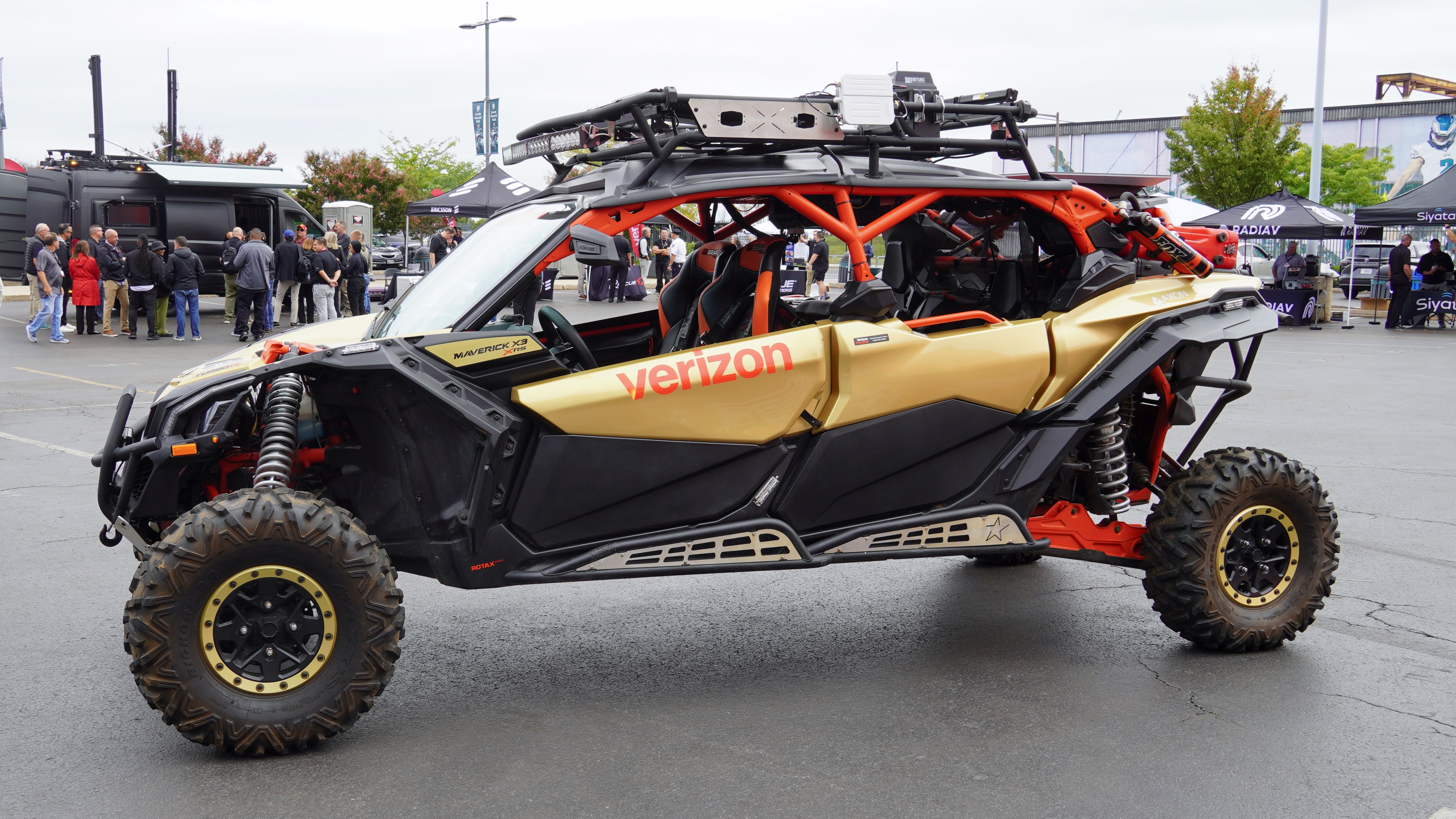
For example, the off-road vehicle you see above can go places a trailer can't, while still sporting a satellite dish and broadcasting equipment onboard. Verizon Frontline staffers explained that these types of vehicles are used not only to bring cell service to blackout zones, but also to transport first responders during emergencies.
Verizon Frontline aims to build a tool for every kind of emergency situation
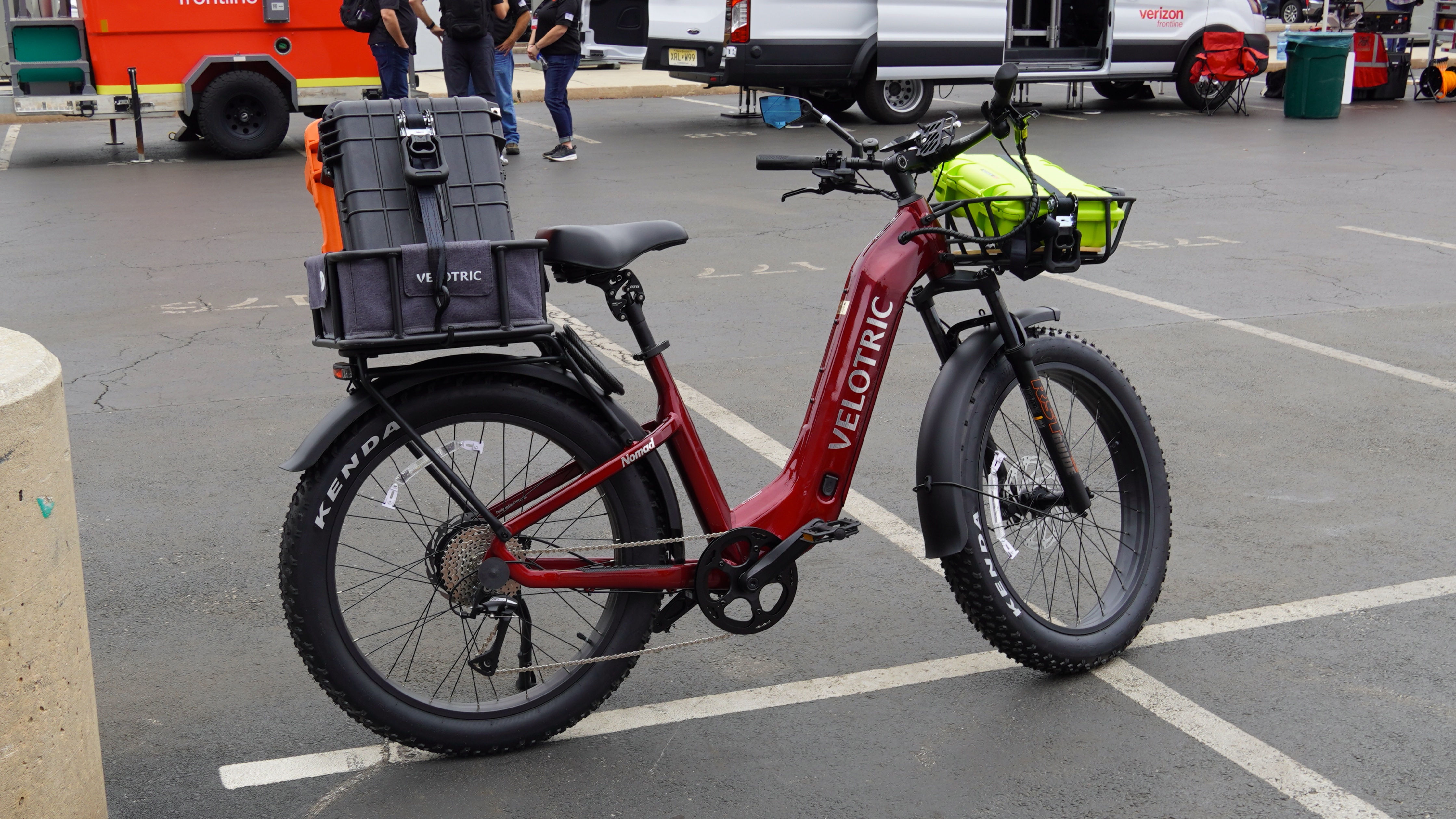
Within the hundreds of Frontline assets, there are some interesting ones, including an e-bike. It might sound odd, but the Frontline team says that it can actually be preferred in high-density areas, like cities. Others include the Robot Emergency Dog (RED), which looks quite like a Boston Dynamics robot dog outfitted with connectivity equipment.
It uses private 5G networks, machine learning, artificial intelligence, and robotics to scope out unknown situations. Since it's remote-controlled by an operator and doesn't require line-of-sight vision to use, it can go places first responders can't in an emergency.
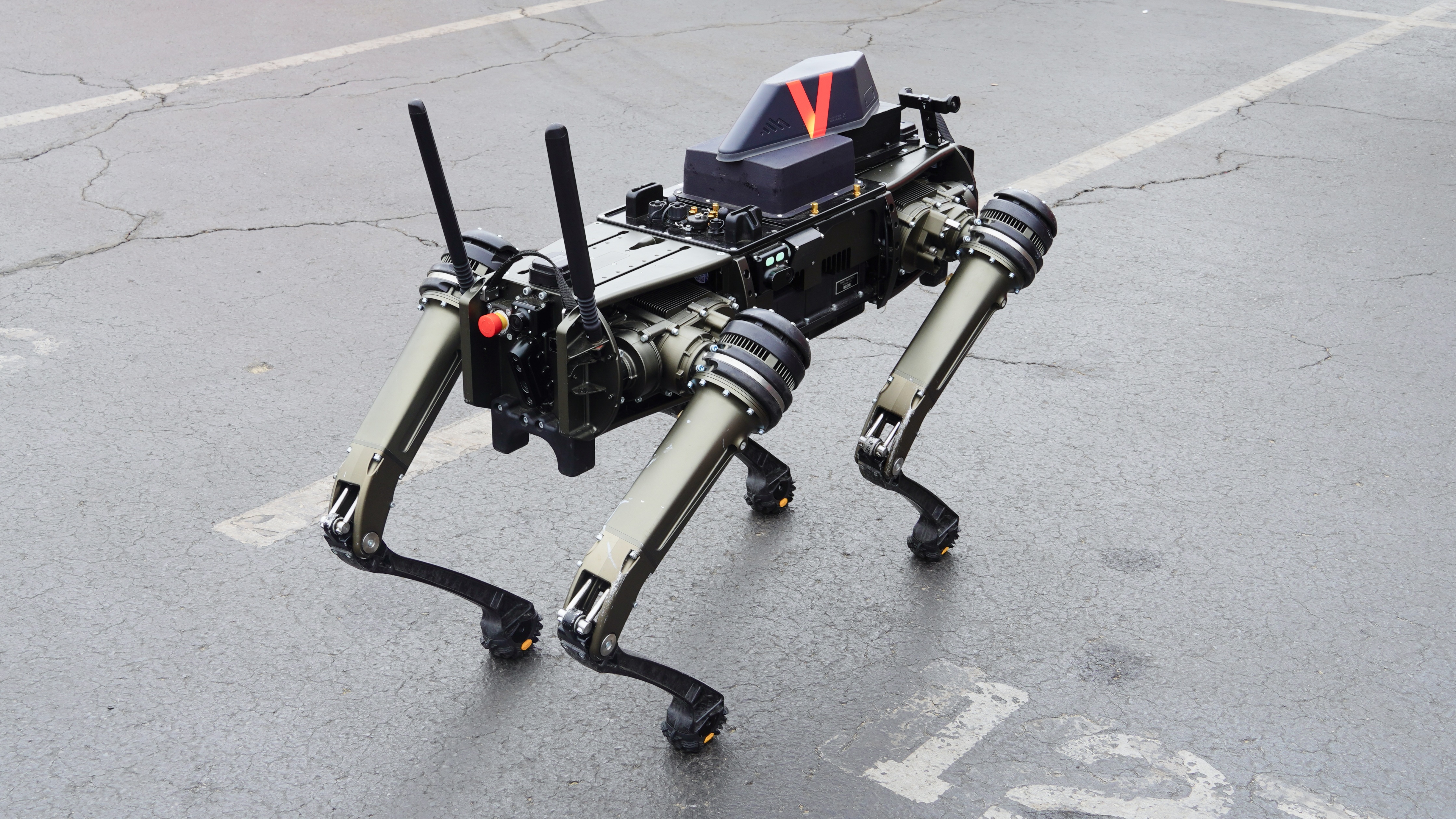
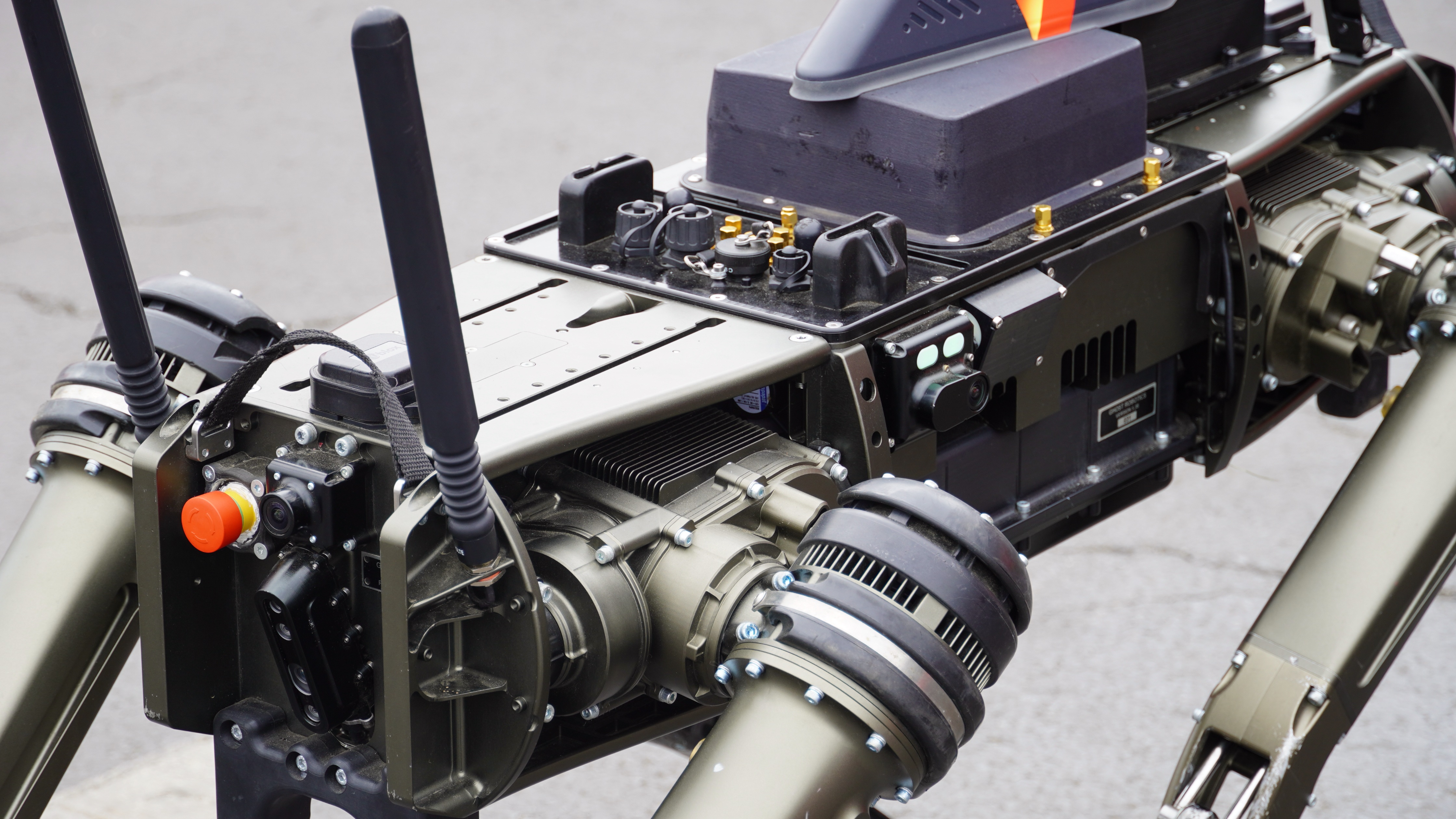
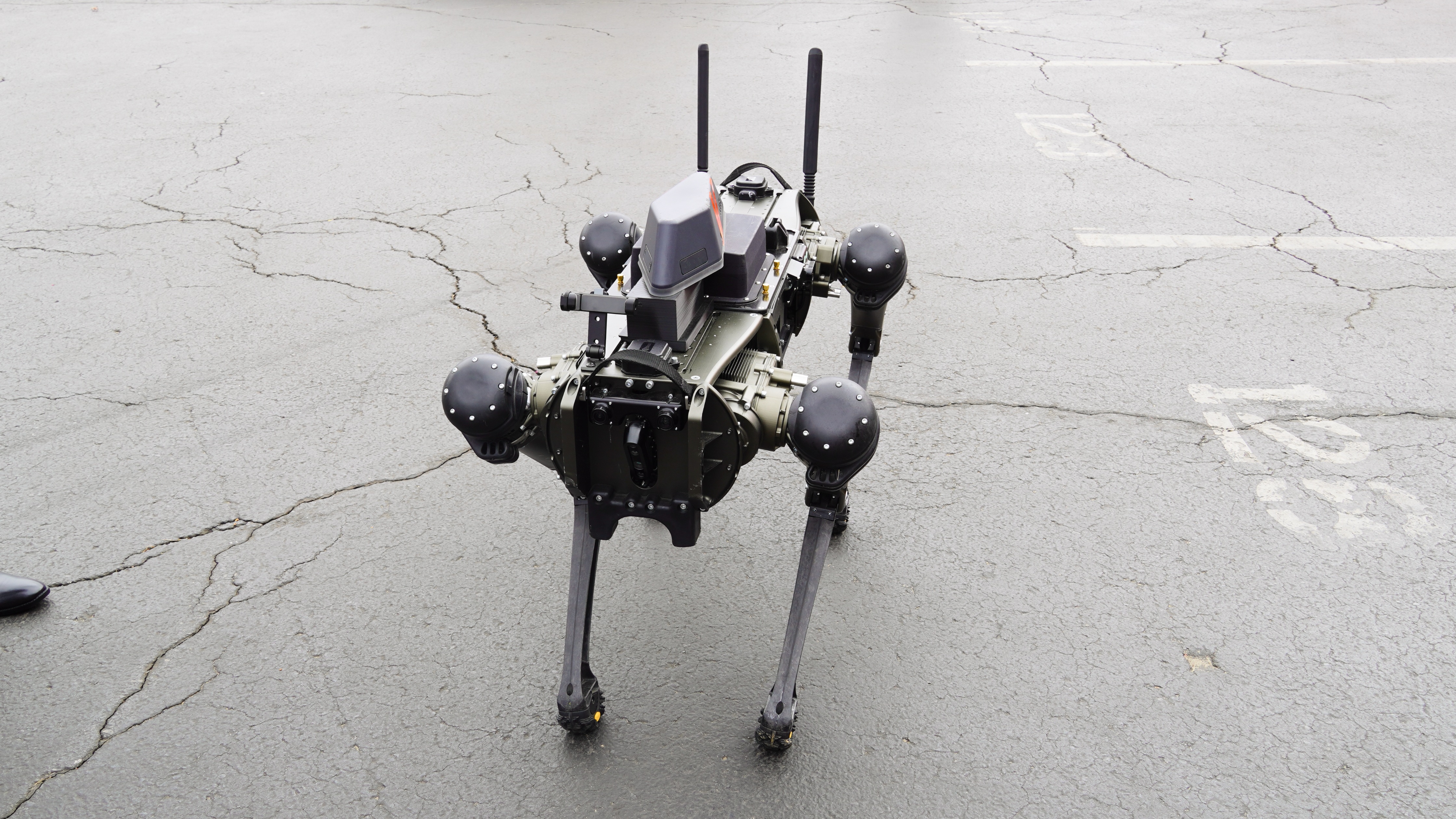
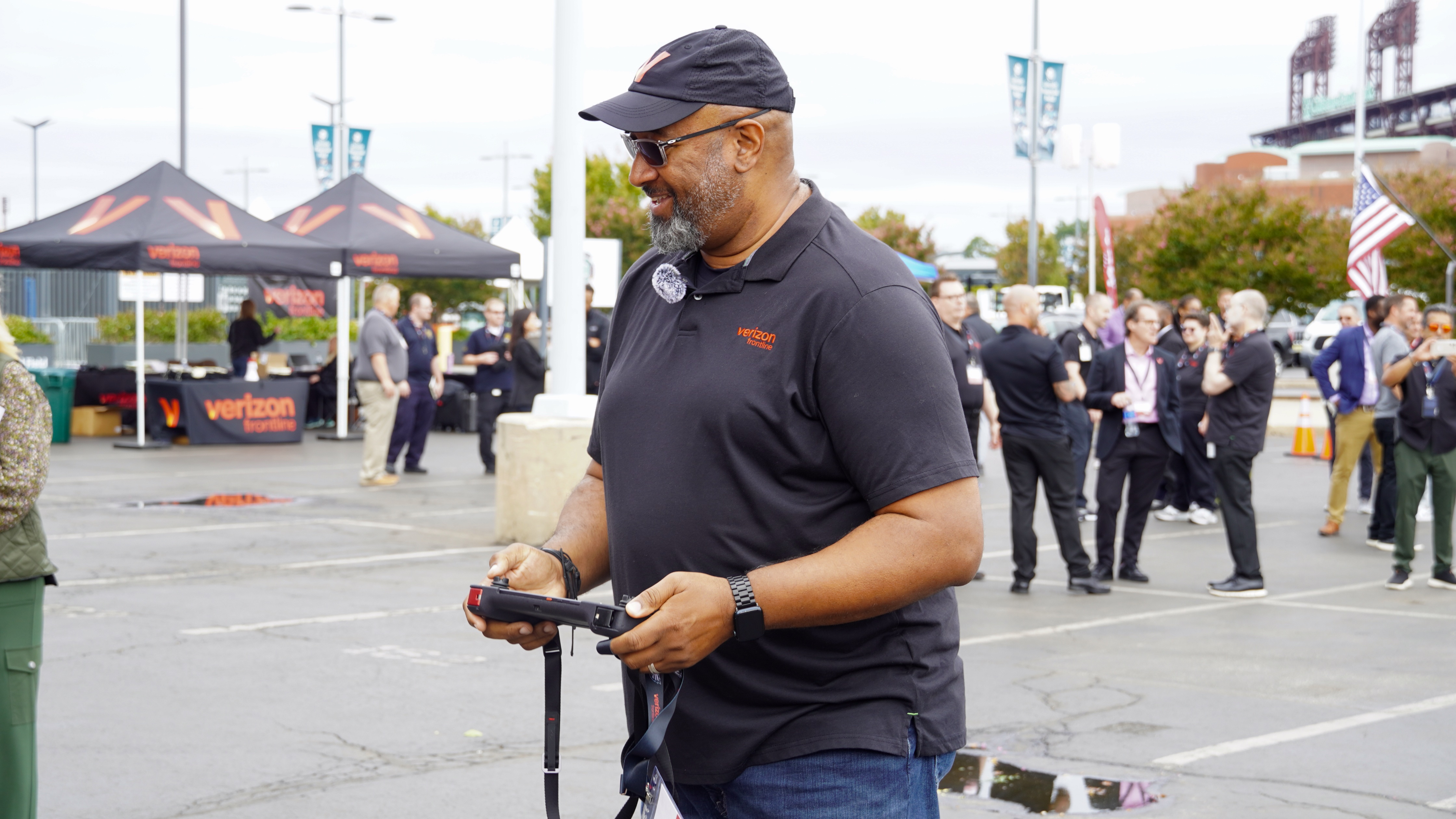
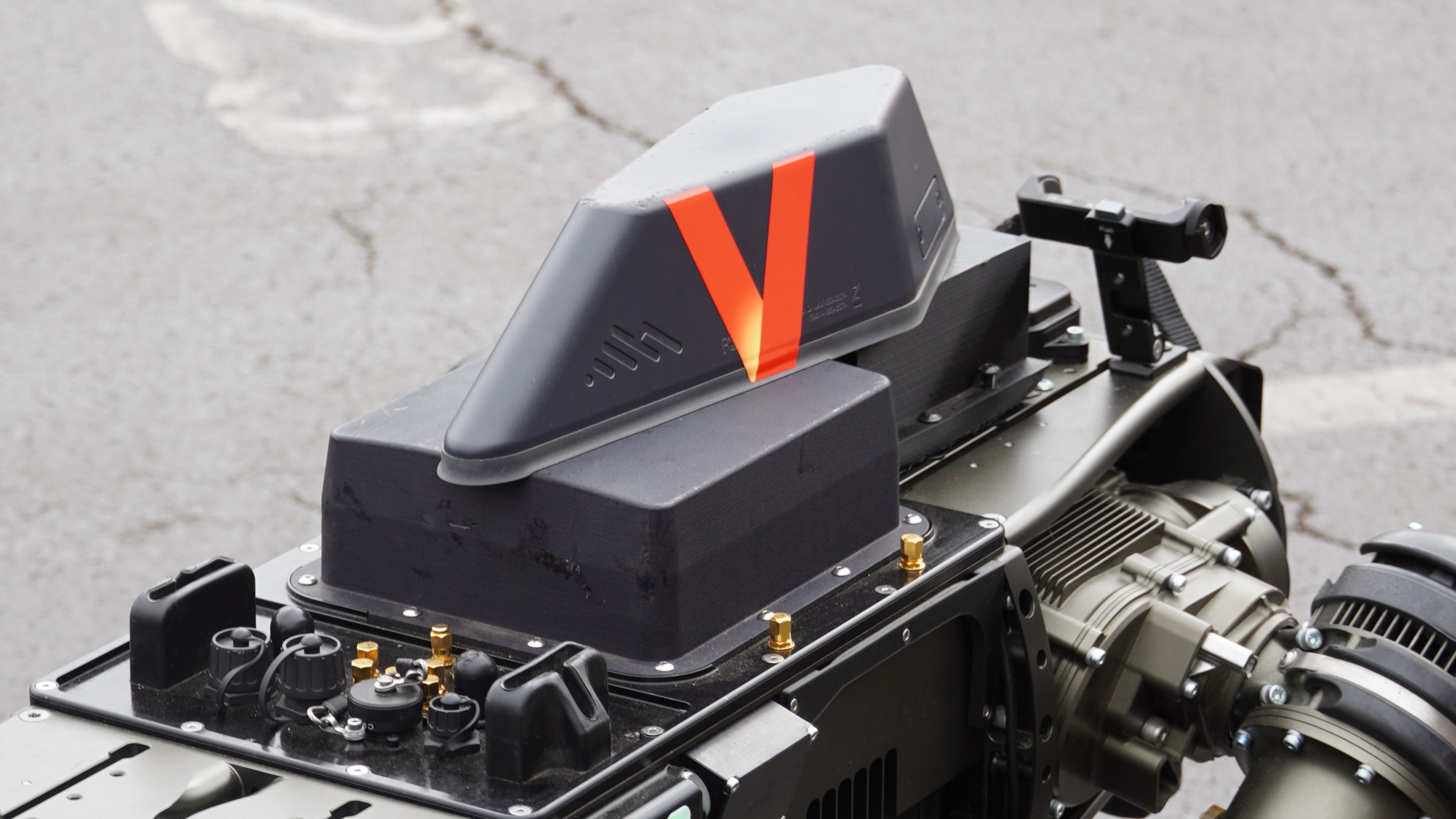
Like the Verizon Frontline drones, both of these kinds of assets help first responders gain visibility in tricky situations. Recent changes to U.S. Federal Aviation Administration rules regarding drone flights will accelerate the use of drones, according to a Verizon Frontline blog post.
Verizon's drone teams also utilize ASD-B antennas and Raspberry Pi systems that can track air traffic locally, allowing them to fly drones safely during disasters even if commercial flight-tracking services are unavailable.
These emerging technologies, like AI, robotics, and drones, are expected to be more widely adopted by first responders in the coming years, according to the Verizon Frontline Public Safety Communications Survey. The survey of first responders revealed 71% of respondents think AI will be important to the future of public safety, and 48% expect to use drones or robots daily within the next half-decade.
How Verizon customers benefit
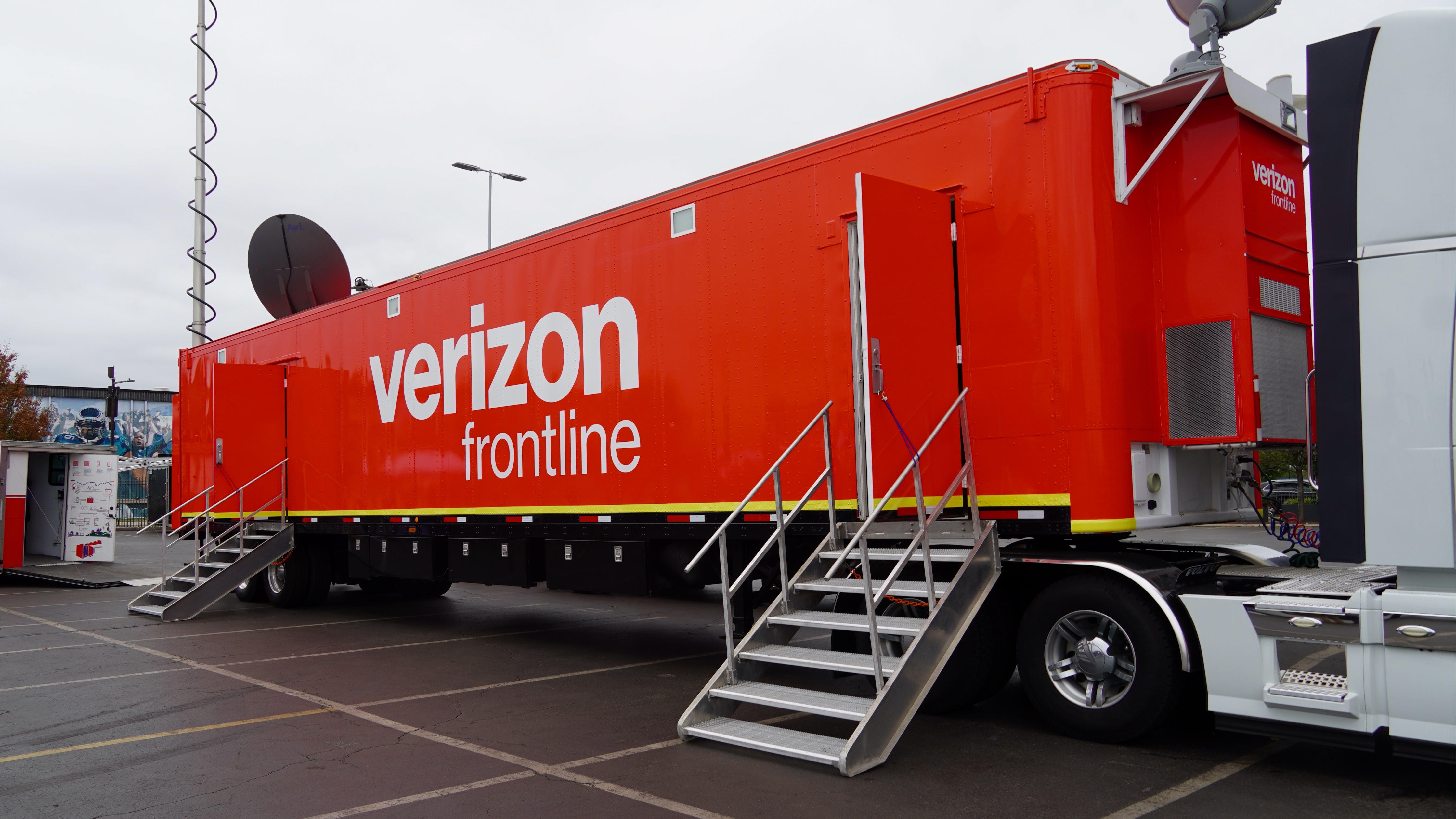
Verizon Frontline aims to get an area hit by a disaster connected as quickly as possible, and that's supposed to benefit everyone, including first responders, Verizon customers, and even non-customers. During the day, a mobile communications trailer might help the average person let their loved ones know they're safe; at night, it could be where National Guard members sleep during their deployment.
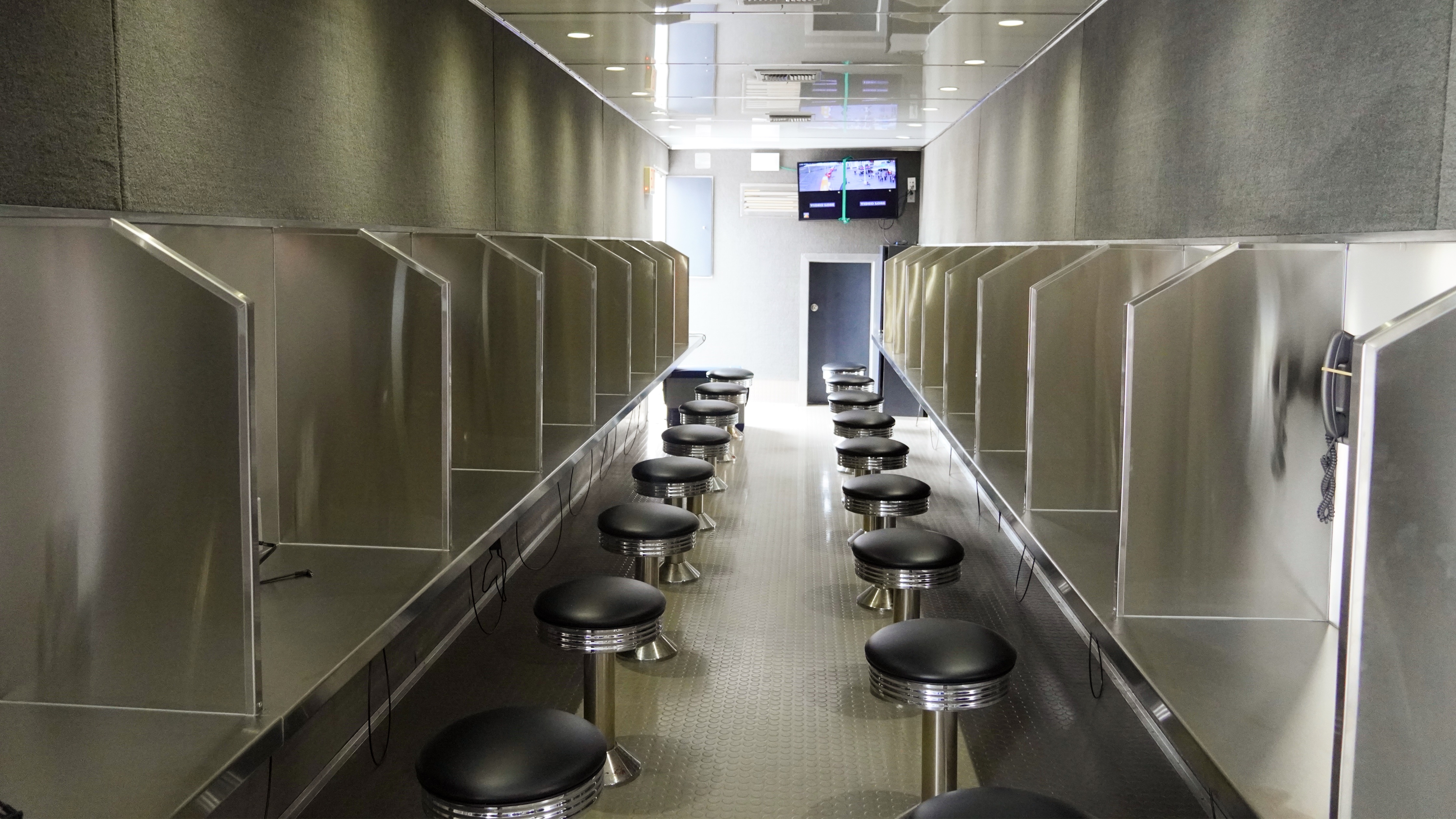
Through temporary Wi-Fi networks, rapid eSIM deployments, and even mobile command centers, there's a lot going on behind the scenes to try to keep cell service active during a disaster.
Note: Verizon covered my travel and lodging during my visit to the Frontline Philadelphia Roadshow, but the company had no input in this article and did not see it before publishing.

Brady is a tech journalist for Android Central, with a focus on news, phones, tablets, audio, wearables, and software. He has spent the last three years reporting and commenting on all things related to consumer technology for various publications. Brady graduated from St. John's University with a bachelor's degree in journalism. His work has been published in XDA, Android Police, Tech Advisor, iMore, Screen Rant, and Android Headlines. When he isn't experimenting with the latest tech, you can find Brady running or watching Big East basketball.
You must confirm your public display name before commenting
Please logout and then login again, you will then be prompted to enter your display name.
